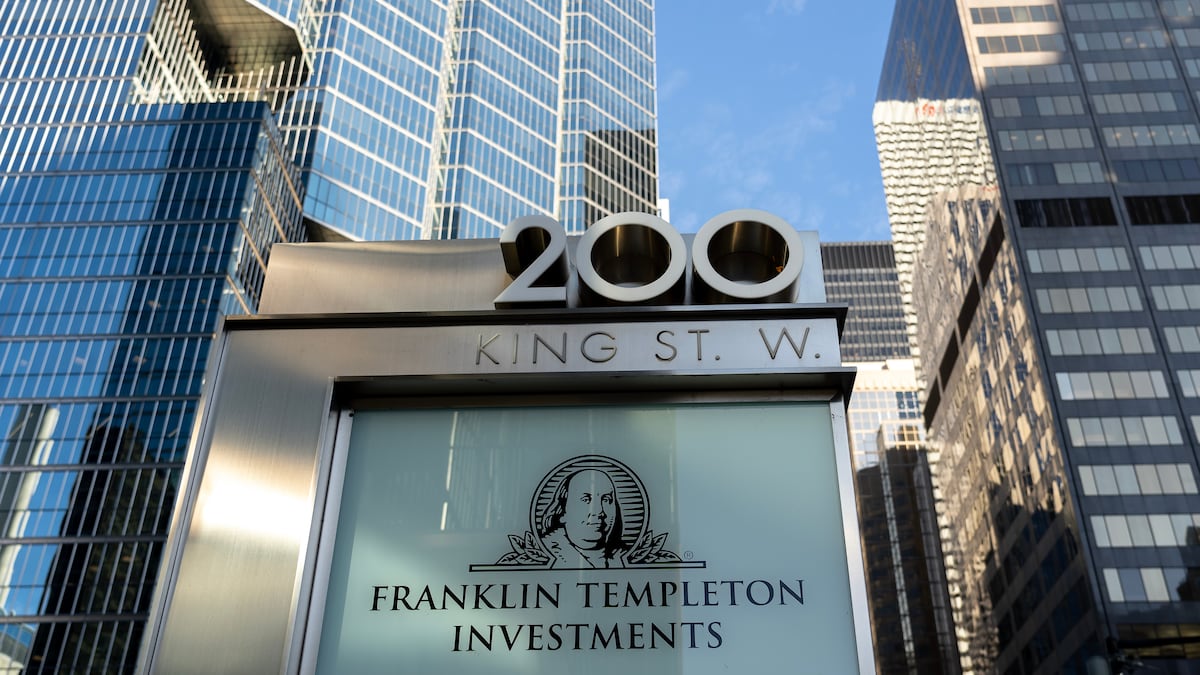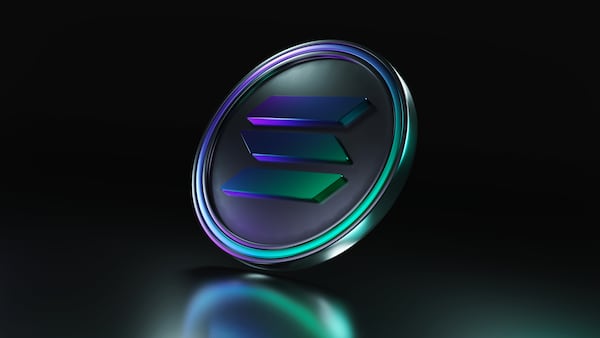- Franklin Templeton has picked two DePIN projects to watch.
- Both projects run on the Solana blockchain.
- DePIN is a $26 billion crypto sector.
Financial markets aren’t the only sector blockchain supporters say the novel technology can disrupt ― they also say the tech can decentralise the infrastructure that supports internet-based services such as mapping, wireless, and computing.
DePIN, or decentralised physical infrastructure networks, is a fledgling crypto sector packed with projects that claim to use blockchain to achieve that and it’s already a $26 billion market, according to CoinGecko.
Franklin Templeton on Wednesday identified two projects ― Hivemapper and Helium ― that are gaining traction.
Even though those two aren’t the biggest DePIN projects by market value, Franklin Templeton noted in its report that both Hivemapper and Helium are showing early signs of creating products that will succeed.
Hivemapper is a $133 million Solana-based crypto mapping project that is similar to Google Maps and that aims to provide fresher real-world mapping data than its centralised counterparts.
The project rewards contributors with its native token HONEY for mapping roads.
Hivemapper has mapped over a fifth of the world’s roads in less than three years, mostly in the US and Europe.
The Franklin Templeton report noted that while the project has “had great success” in gaining contributors, demand for it still lags.
Helium is also a Solana project. It’s valued at $570 million.
DePIN projects tend to be drawn to Solana because of the blockchain’s high speed and low costs.
Wireless service
Helium offers a wireless mobile service and says it has cheaper subscription packages than traditional wireless carriers.
The Franklin Templeton report noted the project has signed up 93,000 subscribers for its unlimited wireless plan.
“Helium has shown early signs of product market fit and potential to disrupt the telecommunications industry,” the report said.
However, the trillion-dollar asset manager noted that the success of these projects is still tied to token incentives and not to the value of their services. That could change with a greater network effect for these projects.
“As these network resources increase, the DePIN projects may become more valuable to potential customers,” the report said.
However, these projects’ tokenized incentives are not without its critics.
Chris Newhouse, DeFi analyst at Cumberland Labs, previously questioned the need for these projects to reward users with their native tokens in the first place, telling DL News that many projects fail to align their economic incentives in a way that requires crypto token rewards.
Osato Avan-Nomayo is our Nigeria-based DeFi correspondent. He covers DeFi and tech. To share tips or information about stories, please contact him at osato@dlnews.com.









